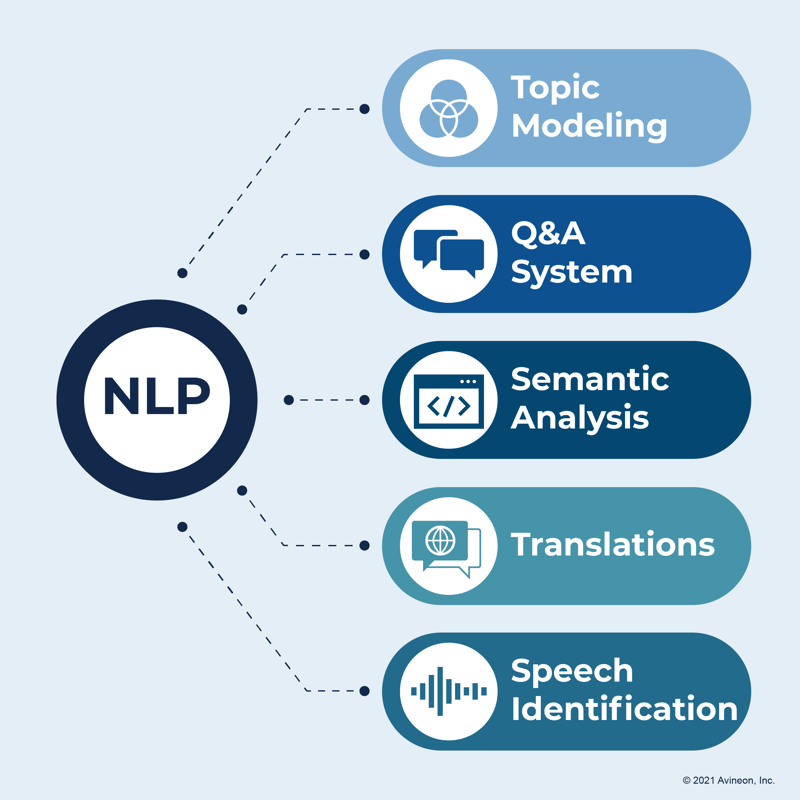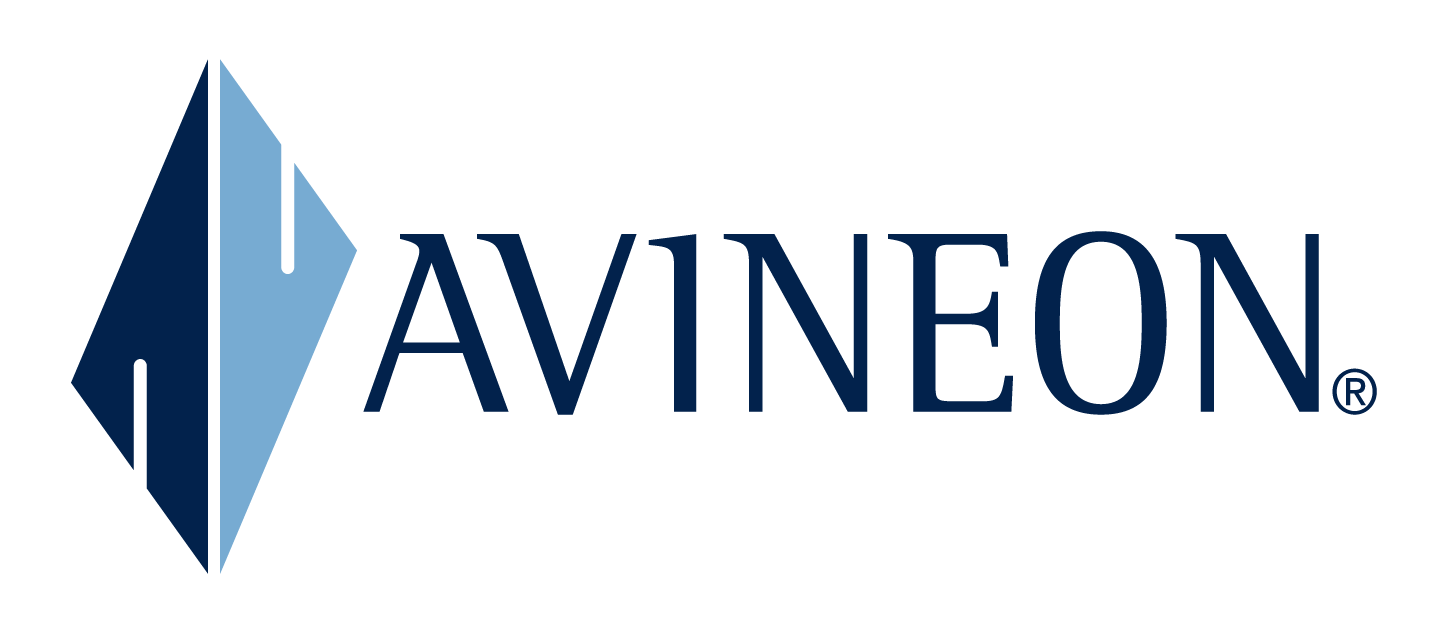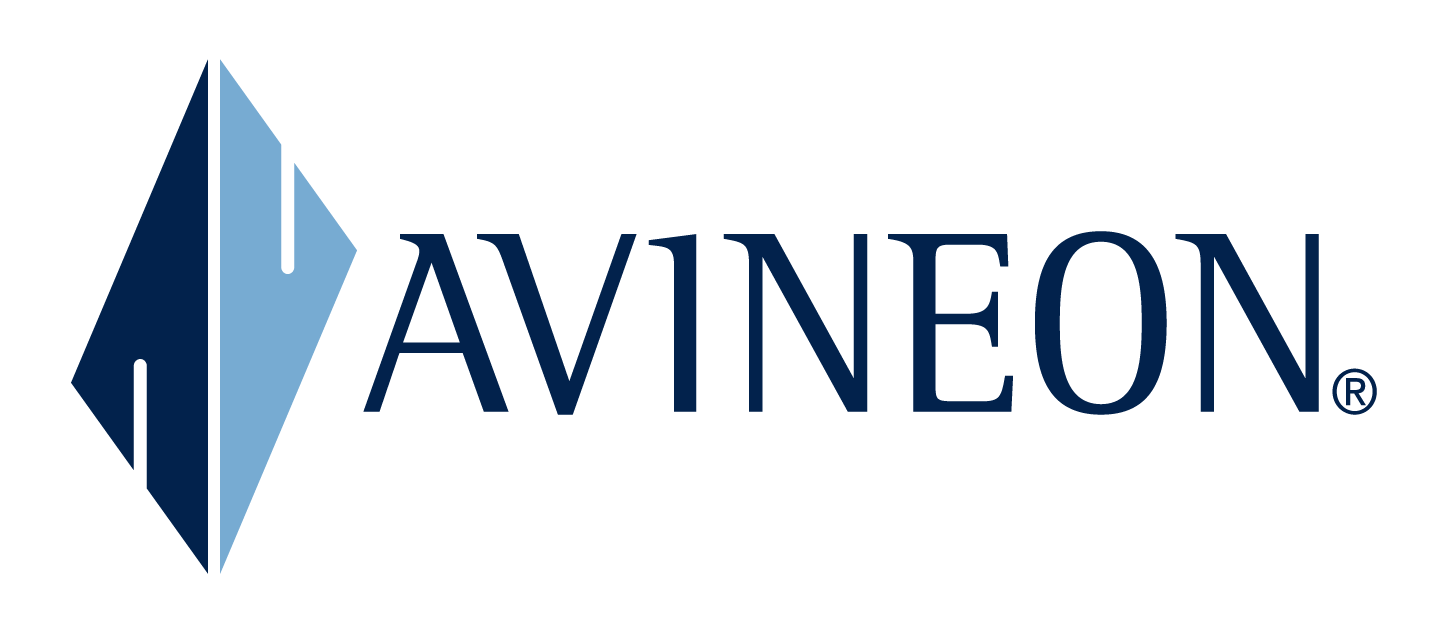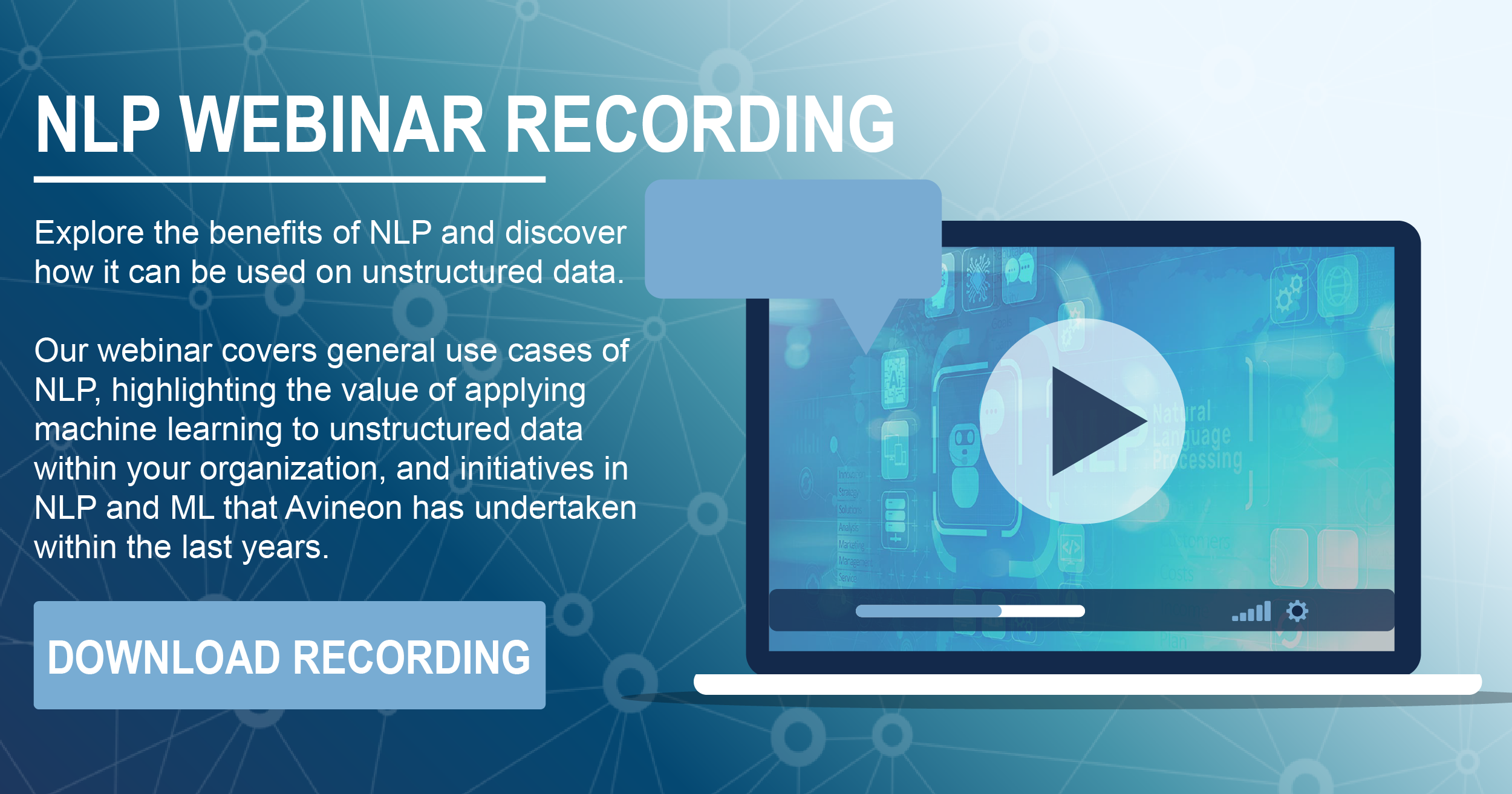Are you in need of more clarity in terms of the ever-developing field of Natural Language Processing? Good news! Avineon is launching a series of Natural Language Processing (NLP) blog posts to outline our success with Machine Learning and other Deep Learning endeavors.
For your benefit, the list of covered topics is illustrated here below:
- Data Rediscovered
- Learning Language
- What is Topic Modeling?
- Pay Attention! Comparing Text Utilizing Attention
- Speed Reading and the Value of Computer Language Processing
- Open to Possibilities. Is Machine Learning Right for Me?
These topics are geared towards those with little to no prior knowledge in the field but will aim to engage those of all knowledge levels. Whether you know only a few terms or whether you have built your own model, we look forward to embarking on this series with you!
NLP Flexibilities and Possibilities
Welcome to the final blog of our six-part series. Over the course of the series, we have discussed the types of NLP solutions that exist, the methods of layering those solutions, and the returns that one could expect for a given solution. This final blog aims to elaborate on the possibilities of NLP solutions and to reinforce the flexibility that can exist in such a solution.
We have talked about topic modeling, question and answering, and semantic analysis in our previous posts. These are only a few of the possibilities that exist within the field of natural language processing. Many other fields, such as translation and speech identification, exist as well. Unstructured data sets often sit underutilized or there are specific tasks which must be accomplished that require a hefty work hour commitment from trained personnel whose expertise could be used elsewhere. The question is usually not “does a natural language processing solution exist for this problem?” but rather “which branch of natural language processing is most relevant and how does it fare when compared to other more traditional automation?”

Which brings us to a brief discussion of flexibility in NLP solutions. Sometimes solutions simply do not exist within more traditional automation techniques. Robotic process automation (RPA) is a fantastic technique that often cannot accommodate more complex automation tasks. For example, RPA shines when used on identical formats with identical tasks. The flexibility of NLP allows for a single solution to encompass a greater range of tasks and formats than an RPA one. Furthermore, layering these solutions as we have discussed previously allows for a modular approach to fit the specific needs of a given task..
If you have questions, concerns, or interest in anything related to NLP consider joining our webinar! I will be discussing all of the points made in the blogs in greater detail and will be able to address key thoughts or concerns as you think about the possibilities of modernizing your organization.





